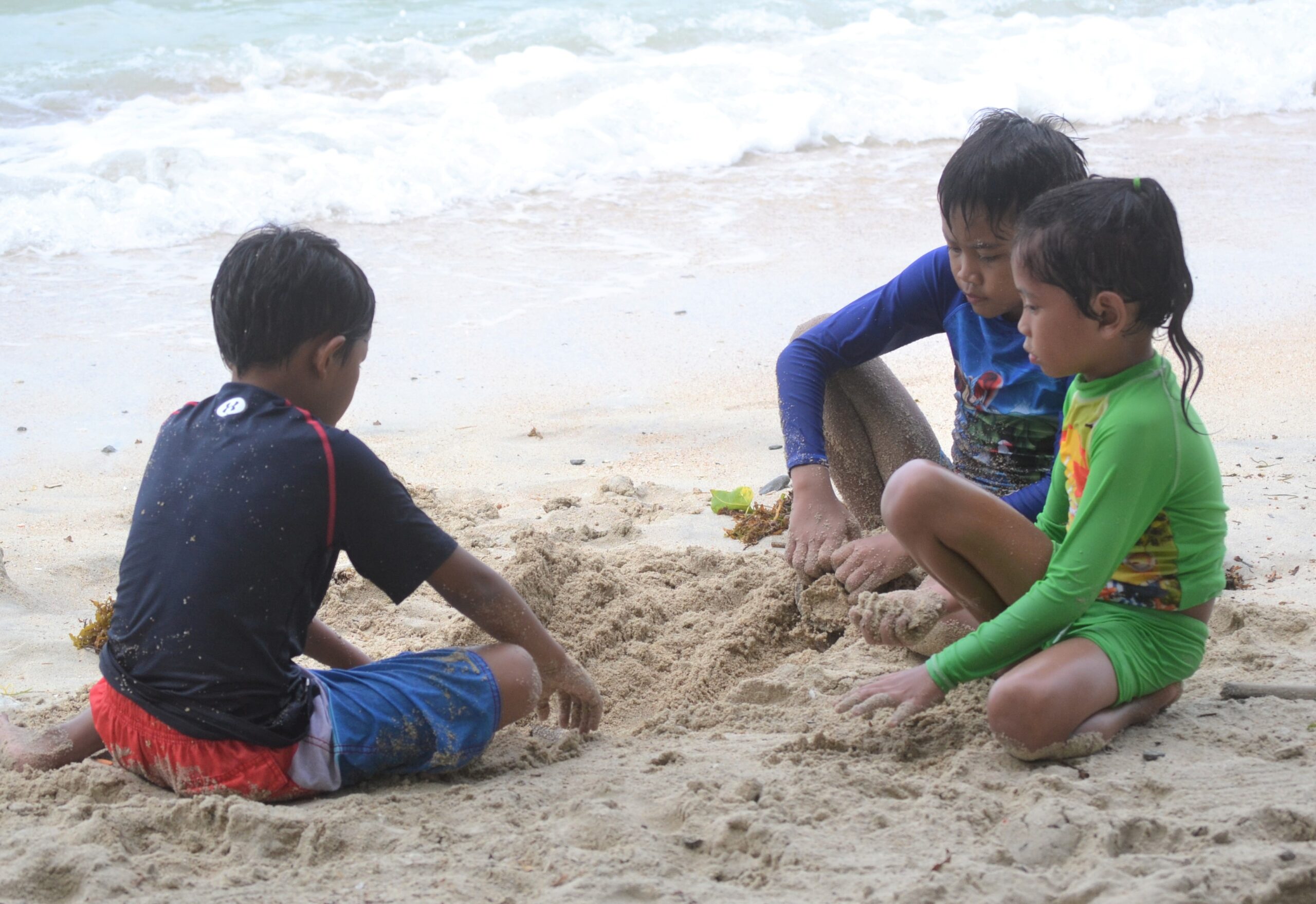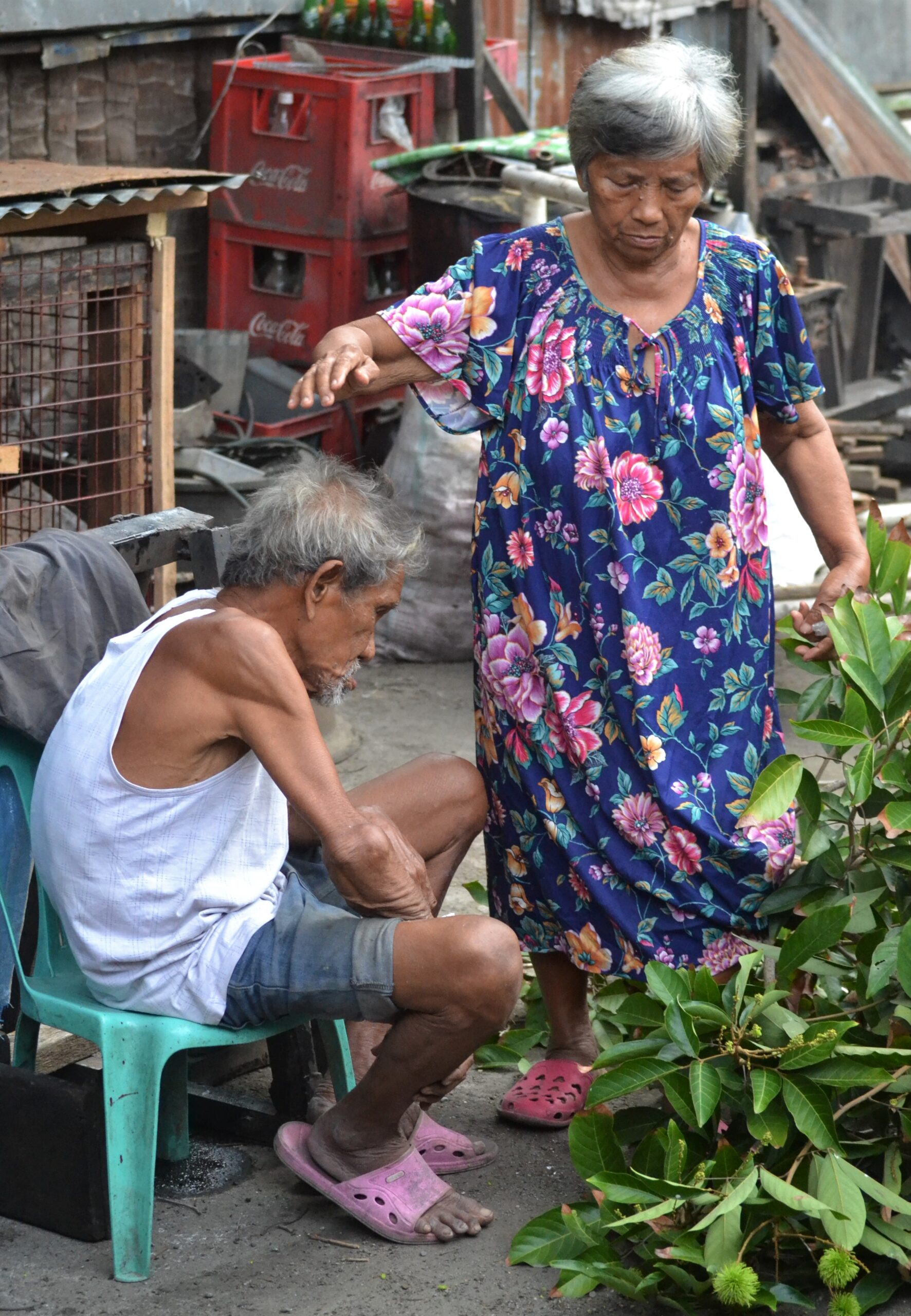Text and Photos by Henrylito D. Tacio
No one is spared from pneumonia, an inflammatory condition of the lung primarily affecting the small air sacs. In these days of coronavirus disease 2019 (COVID-19), pneumonia is even more alarming.
Pneumonia is one of the symptoms that are present among those who are infected with severe acute respiratory syndrome coronavirus 2 (SARS-CoV-2). A person is said to be a COVID-19 patient when they are exposed to respiratory fluids carrying the virus.
“The virus then multiplies and attacks the cells in the body, causing damage to the lungs’ air sacs or alveoli and the surrounding tissues,” explains the Makati Medical Center (MMC).
“The body’s immune system responds by fighting the virus, but it eventually breaks down for many of the infected as fluid and dead cells start building up and clogging the lungs’ air sacs,” MMC continues. “This affects the oxygen supply in the lungs, so a COVID-19 patient with pneumonia experiences coughing and shortness of breath.”
Unlike pneumonia caused by bacteria, viruses, and fungi, the symptoms of pneumonia among COVID-19 patients last longer.
“At first, infections occur in various small areas of the lungs and then spread slowly over several days or weeks,” MMC says. “As such, it is common for COVID-19 patients with pneumonia to have both of their lungs infected rather than just one.”
The lengthy, large-scale infection – coupled with the gravity of COVID-19 – leads to damaged lung tissues, resulting in more complications like acute respiratory distress syndrome (ARDS), the MMC says. ARDS is a form of lung failure that develops quickly, requiring patients to be placed on ventilators to get oxygen into their lungs.
One risk that COVID-19 patients with pneumonia faces are its long-term effects on the lungs. “Unlike regular pneumonia, where people recover without any lasting lung damage, pneumonia due to COVID-19 can be so severe that it leaves lung lesions, causing breathing difficulties even after recovery.”
On its own, pneumonia can be a serious health risk because it primarily attacks the lungs, which are responsible for respiratory functions – getting oxygen into the body and delivering it to the bloodstream, sending out carbon dioxide, among others – that are vital for survival.
In the Philippines, pneumonia ranked fifth among those that causes the most number of deaths among Filipinos, with an average of 32,991 deaths per year from 2015 to 2019, according to the Department of Health (DOH). In 2020, pneumonia ranked fourth as the registered deaths increased to 37,265.
In a news conference some years back, Dr. Anna Lisa T. Ong Lim, a pediatrics professor at the University of the Philippines – College of Medicine, said pneumonia costs the Philippine Health Insurance Corp. (PhilHealth) at least P2 billion annually.
It must be recalled that pneumonia was the leading cause of death in Davao City from 2011 to 2012, according to the City Health Office. From January to November in 2012 alone, some 1,115 people were killed as a result of pneumonia. In 2015, pneumonia topped the leading cause of mortality in the city, with 1,577 deaths.
Actually, pneumonia isn’t a single illness but many different ones, each caused by a different microscopic organism.
“Pneumonia tends to be more serious for children under the age of five, adults over the age of 65, people with certain conditions, or organ or blood and marrow stem cell transplant procedures,” the US National Heart, Lung, and Blood Institute (NHLBI) says.
Lifestyle habits, like smoking cigarettes and drinking too much alcohol, can also raise a person’s chances of getting pneumonia. “Smoking damages your body’s natural defenses against the bacteria and viruses that cause pneumonia,” the Mayo Clinic says.
The WHO says pneumonia is caused by a number of infectious agents, including viruses, bacteria, and fungi. The most common are: Streptococcus pneumoniae (the most common cause of bacterial pneumonia in children), Haemophilus influenzae type B or Hib (the second most common cause of bacterial pneumonia), and respiratory syncytial virus (the most common viral cause of pneumonia).
“In infants infected with human immunodeficiency virus (HIV), Pneumocystis jiroveci is one of the most common causes of pneumonia, responsible for at least one quarter of all pneumonia deaths in HIV-infected infants,” the United Nations health agency states.
In healthy adults, two types of influenza virus – called types A and B – cause pneumonia. The chickenpox virus can also cause pneumonia in adults. In elderly people, viral pneumonia is likely to be caused by influenza, parainfluenza, or respiratory syncytial virus.
There are three types of fungi that commonly cause pneumonia: Histoplasma capsulatum, which causes histoplasmosis; Coccidioides immitis, which causes coccidioidomycosis; and Blastomyces dermatitidis, which causes blastomycosis. Most people who become infected have only minor symptoms and don’t know that they’re infected. Some become gravely ill.


There are so-called “atypical pneumonias,” which are pneumonias caused by organisms other than the typical bacteria, viruses, or fungi. The most common causes are Mycoplasma pneumoniae and Chlamydia pneumoniae. Both bacteria-like organisms are the most common cause of pneumonia in people ages 5 to 35. Mycoplasma epidemics reportedly occur in confined groups such as students, military personnel, and families.
Pneumonia can be spread in a number of ways. “The viruses and bacteria, commonly found in a child’s nose or throat, can infect the lungs if they are inhaled,” says the Geneva-based World Health Organization (WHO). “They may also spread via air-borne droplets from a cough or sneeze. In addition, pneumonia may spread through blood, especially during and shortly after birth.”
“(Pneumonia) is a tough disease to diagnose,” says Dr. Marie Budev, a pulmonologist and the medical director of the lung transplant program at the Cleveland Clinic in Ohio. “Age makes a big difference, as well as a person’s immune system… and, of course, the symptoms themselves.”
“The signs and symptoms of pneumonia may vary from mild to severe, depending on factors such as the type of germ causing the infection, and your age and overall health,” the Mayo Clinic says. “Mild signs and symptoms often are similar to those of a cold or flu, but they last longer.”
The Mayo Clinic says the signs and symptoms of pneumonia may include: chest pain when you breathe or cough; confusion or changes in mental awareness (in adults age 65 and older); cough, which may produce phlegm; fatigue; fever, sweating, and shaking chills; lower than normal body temperature (in adults older than age 65 and people with weak immune systems); nausea, vomiting or diarrhea; and shortness of breath.
“Newborns and infants may not show any sign of the infection,” the Mayo Clinic says. “Or they may vomit, have a fever and cough, appear restless or tired and without energy, or have difficulty breathing and eating.”
Pneumonia is generally treated with antibiotics. “The antibiotic of choice is amoxicillin dispersible tablets,” the WHO says. “Most cases of pneumonia require oral antibiotics, which are often prescribed at a health center. These cases can also be diagnosed and treated with inexpensive oral antibiotics at the community level by trained community health workers.”
Pneumonia often clears up in 2 to 3 weeks. But older adults, babies, and people with other diseases can become very ill. Hospitalization is recommended only for severe cases of pneumonia.
An ounce of prevention is better than a pound of cure, so goes a saying. “Preventing pneumonia in children is an essential component of a strategy to reduce child mortality,” the WHO says. “Immunization against Hib, pneumococcus, measles and whooping cough (pertussis) is the most effective way to prevent pneumonia.”
In 2013, the health department introduced the Pneumococcal Conjugate Vaccine as an addition to its free basic immunization program for children in health centers across the country.
“Non-immunization is one of the definite risk factors that makes any child more vulnerable to pneumonia,” said Dr. Salvacion Gatchalian, past president of the Pediatric Infectious Disease Society of the Philippines.
You can also lower your chances of getting pneumonia by staying away from people who have the flu, colds, measles, or chickenpox. You may get pneumonia after you have one of these illnesses. Wash your hands often. Wear a face mask whenever you go out. All these measures can help prevent the spread of viruses and bacteria that may cause pneumonia.

